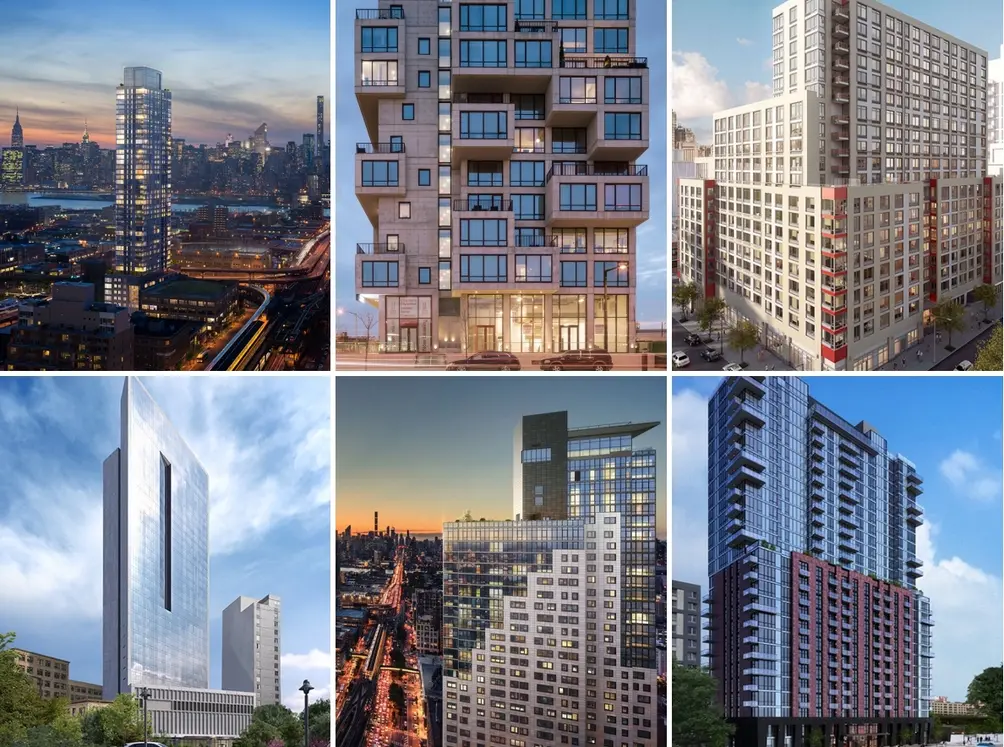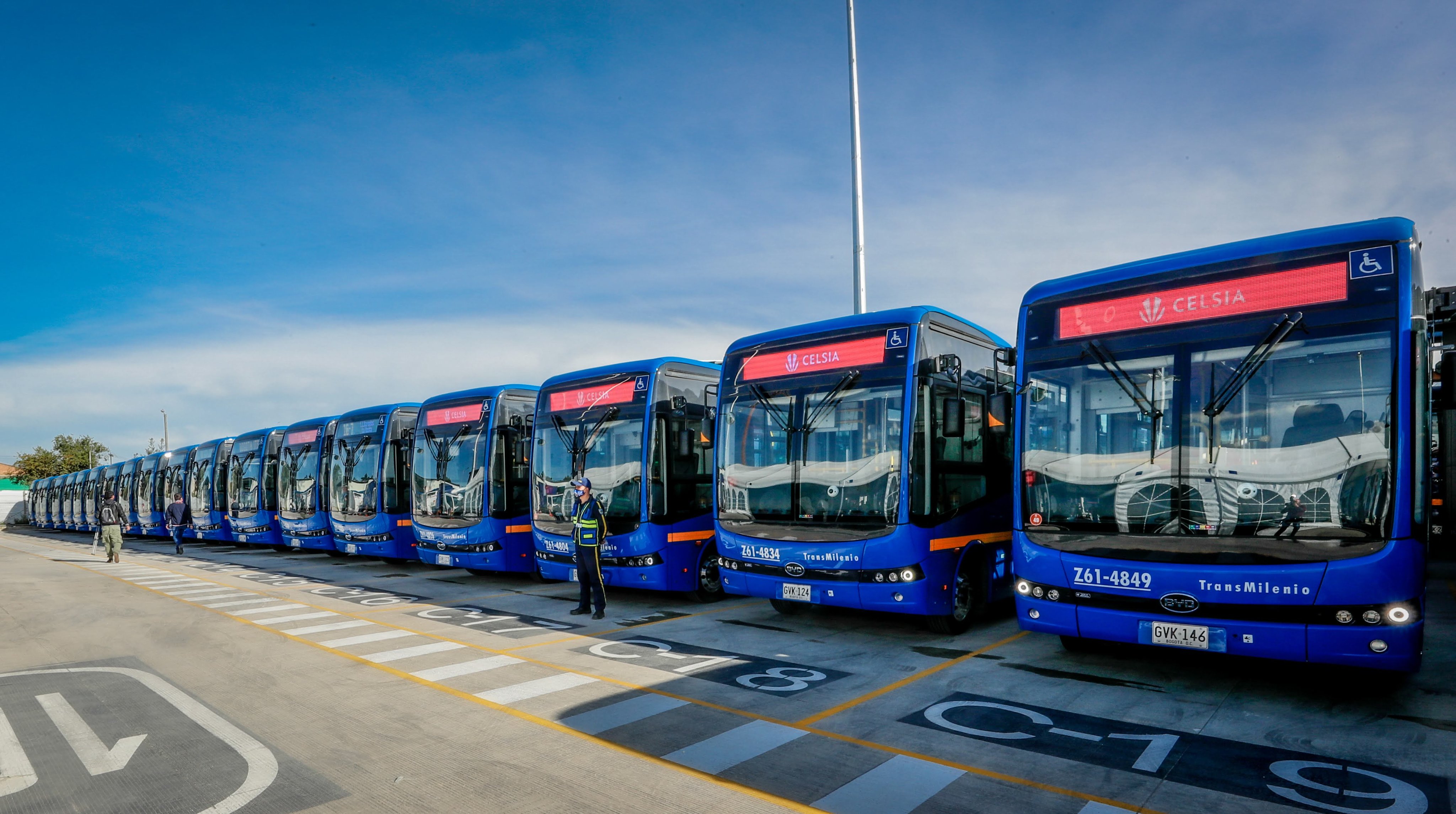Solving NYC's Rent Crisis: Rethinking Supply, Transit, and Density
New York City’s rent crisis is often portrayed as a moral failure—greedy landlords, predatory developers, and indifferent politicians. While those dynamics exist, it’s time to look at the problem through the cold, hard lens of economics: supply and demand.
What if we framed the housing crisis as fundamentally a problem of too much demand chasing too little supply in too small an area?
Rewiring the City’s Transportation Logic
Right now, the working assumption for many New Yorkers is simple: if you want a decent commute, you need to live near a subway line in Manhattan or perhaps a well-connected part of Brooklyn. This drives intense housing demand in already saturated neighborhoods, pushing up rents and displacing longtime residents.
But what if we reengineered that logic?
Imagine this:
-
Public buses run every 15 minutes from 6 AM to 6 PM
-
Every 30 minutes from 6 PM to midnight
-
Every hour overnight
-
And they’re all free
Suddenly, a two-hour commute from the far edge of Queens or even parts of the Bronx becomes a reliable, low-cost, no-hassle experience. That radically reshapes how people make decisions about where to live.
Free, frequent public transit doesn’t just make life better—it shifts the map of opportunity.
Building Up, Not Just Out
At the same time, zoning laws in much of NYC—especially in Queens—are still written as if it’s 1960. Entire neighborhoods are locked into low-rise, low-density housing. But Queens is no longer a sleepy borough of single-family homes. It’s a global hub. It deserves infrastructure and zoning that reflects its 21st-century potential.
If we rezone large swaths of Queens for high-rise, mixed-use development, and pair it with world-class, free bus transit, we suddenly unlock enormous housing potential without displacing communities in Manhattan or gentrifying working-class Brooklyn neighborhoods.
We don’t need to destroy neighborhoods—we need to build neighborhoods where people want to live.
The Supply Solution
Better transit expands where people are willing to live. Rezoning expands what can be built. The combination is powerful:
-
New supply lowers pressure on existing units
-
More housing options increase competition
-
Renters gain power and flexibility
-
Affordability becomes possible not by decree, but by design
We cannot fix the housing crisis without fixing the supply crisis. And we cannot fix the supply crisis without fixing the mobility crisis.
New York doesn’t need a silver bullet. It needs a bus every 15 minutes and high-rises where they’ve long been banned.
And most importantly, it needs the political will to think big again.
Billionaire Politics, Elon Musk Style
If Mamdani Can't Run Grocery Stores, He Should Not Be Running The City
Mamdani Is Not Mao
Mamdani's Grocery Stores Are A Great Idea
Mamdani: Indian Origin?
Aladdin and the Rise of High-Tech Authoritarianism: How an Algorithm Became the Puppet Master of Capital
28: Mamdani
27: Mamdani
Mamdani's Prose
Mamdani’s Platform
AOC 2028: : The Future of American Progressivism
A Radical Blueprint to Transform New York City into the World’s Greatest Metropolis
Grounded Greatness: The Case For Smart Surface Transit In Future Cities https://t.co/Iq9ERt3IXn @NYCMayorsOffice @MayorBowser @Mayor4943611 @Mayorkun @marty_walsh @ChicagosMayor
— Paramendra Kumar Bhagat (@paramendra) June 30, 2025
Grounded Greatness: The Case For Smart Surface Transit In Future Cities https://t.co/Iq9ERt3b7P @CLEMayorsOffice @mayorsforagi @ONBigCityMayors @NYMayors
— Paramendra Kumar Bhagat (@paramendra) June 30, 2025
10/
— Paramendra Kumar Bhagat (@paramendra) June 30, 2025
Retweet if you're ready for a world where:
🚍 Buses run like clockwork
🛑 Traffic is optional
🌍 Streets belong to people
Because the future is not above or below.
It’s right beneath your feet.#GroundedGreatness #SmartCities #TransitForAll @IndyMayorJoe @houmayor
The post-rezoning development boom has transformed Williamsburg into an outdoor mall, with luxury condos drawing not only 30-somethings in tech and marketing but also their parents. https://t.co/ErU3zQM99J
— New York Magazine (@NYMag) June 30, 2025


No comments:
Post a Comment